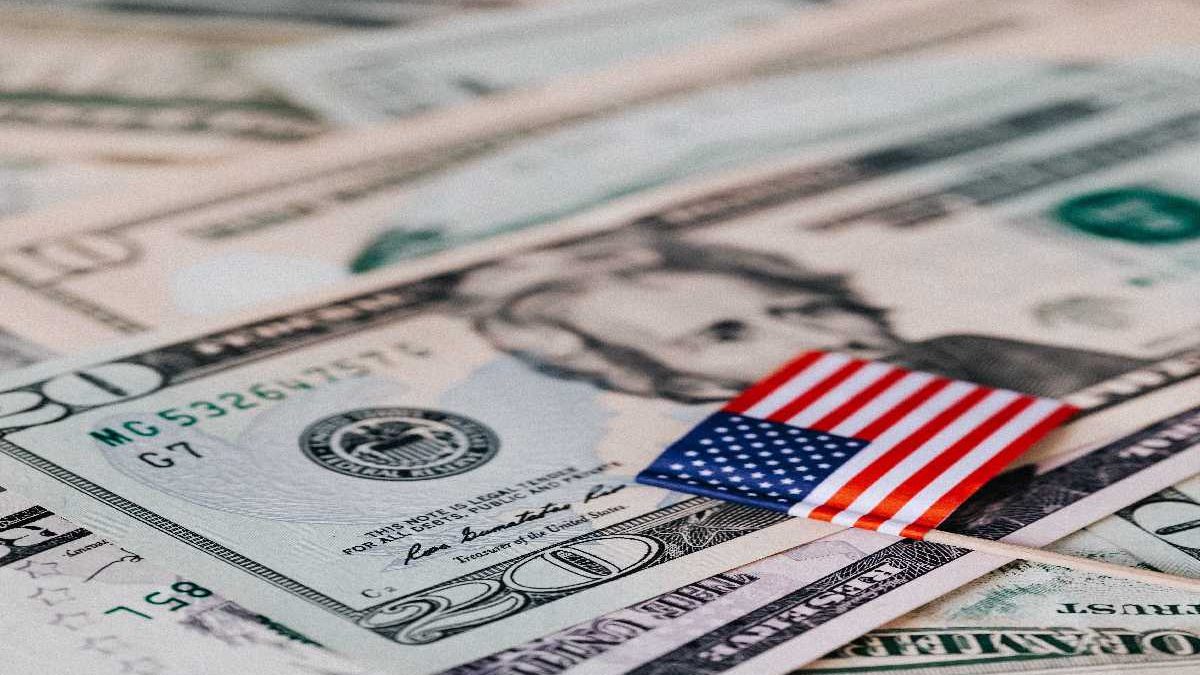Account in the United States: Okay, now let’s get to the good stuff. The first object I have to mention is that in my bank tour, I have only visited traditional banks, five banks to be exact: Citibank, TD Bank, Chase Bank, Bank of America, and Wells Fargo. I will not be talking about 100% online banks like Wise, but if you want information about them, you can see it here.
On the other hand, I want to clarify that an account cannot be opened remotely (100% online) as a foreigner. All of them ask for your physical presence and, in some cases, that it be done through an appointment with the bank. In other words, you have to travel to the United States. That said, here I am, telling you what each bank told me about and their plans and conditions.
This is the only bank of the five that allows you to open an account without having residence in the United States. By this, I mean that all you need is your ID from your country of origin, the money to deposit, and an address in the United States where the card will arrive. The great benefit and main differentiator of this bank from the rest is that you do not need a document that proves that you are living there (proof of address). It is the friendliest option for any foreigner in the United States as a tourist. It should also be noted that they asked me where I was from, and I indicated that I was from Peru. I could not see if these conditions change depending on your country of origin, but it is essential to mention that if they ask what country you are from.
Table of Contents
Steps to Open Your Account:
Make an appointment with the bank through the Citibank page, and look for the branch closest to you. They did not want to attend to me when I went directly, and it was necessary to make an appointment.
Bring the necessary documents:
- DNI or national identification (from your country of origin)
- Money to deposit to open an account
- An address in the United States where they can send you the new card (they do not want a receipt or proof of address; you have to dictate the address, and that’s it).
Sign the documents at the appointment to open the account.
Deliver the money to deposit. You can bring cash. If you don’t have it, they allow you a bank transfer. You can also open the account and make the deposit later, as long as it is some time on the same day.
Account Conditions:
The account they give you is a basic “checking account.” It is not a simple savings account, but it is still straightforward to use. The conditions to know are:
Maintenance payment of $12 per month; if you want to avoid the expense, you must maintain the minimum amount of $1500 in the account. This is measured every month.
If you want to receive a payment from abroad in this account (from any Latin American country), they charge you $15 to receive it.
The Rest of the Banks
I put the other four banks in a separate category since none accept non-US resident aliens. Unlike Citibank, all of these cases ask for proof of address, where your name and address appear on a receipt or document so that you can open your account. In other words, they do not open the report to foreigners who do not live in the United States; they must live there and ask for “proof of address.”
It is necessary to highlight that they did not mention that it was required to show papers of an American citizen, permanent resident (Green card), or social security.
The documents that they ask for are very similar in all these banks and are the following 3:
Identification: This can be a national identity document, your passport, or a driver’s license—something with your photo and name on it. It does not necessarily have to be from the United States; almost all cases indicate that this ID can be from your country.
Money to make the first deposit to open your account.
Proof of address: This is the primary differentiator that matters the most. They need to prove that you live in the United States, and you can do this with a document that shows your (US) address and name in the same place. These documents can be the following:
- US government-issued photo identification: US license, US ID, US driver’s instruction permit, Passport with visa (excluding BI and B2, which are a tourist)
- Documentation of job or employment: Work ID, pay stub, or check from last 60 days.
- Documentation for students: School identification and letter of acceptance to a school.
- Bill or receipt: Cable, electricity, gas, water, internet, and dated within the last 60 days.
- Other documents: Bank statement, home purchase documentation, rental agreement.
What Can I do if I do not Have the “Proof of Address”?
There are many ways to “hack” the system and get it. For instance, if you have a friend or relative in the United States, you can go with them to the DMV (department of Motor Vehicles) and get a Florida ID, but you need that person to go with you since they have to sign something where they accept that you are living with them. On the other hand, some do. If they know someone who works in real estate, they can ask them to issue a rental agreement for the time they stay in the United States (the longer, the better).
You can also open a joint account with a US citizen without being physically in the United States. I remember once having done it with my mother at Chase Bank. It’s a matter of asking the bank you like the most if they allow it, but it’s a possibility. I would recommend that you have a lot of trust in that person for this option. Otherwise, many problems can be generated.
There are ways to achieve it, but it depends on your time and contacts in the United States. Some procedures take time and require a local connection, so they can help you get it.
Did I Open an Account in the United States?
In the end, I didn’t get to do it. For me, having $1500 without moving is not an option as an investor. I need to have that money driving and generating more income. On the other hand, although paying $12 a month for maintenance is not much, I happily have family living here. In any emergency, I can deposit the money to a relative and then open my account, or in any case, I can open a joint statement, so in the end, I decided to go for one of these two options. However, I would be opening my account with Citibank if I didn’t have that facility. Well, paying $12 a month for the security that having a report in the United States gives you, I think it’s worth it. It would be like paying a little insurance.
Conclusions
As you can see, opening an account in the United States as a foreigner is possible. With some, you can do it only with your national identity document (from the country of origin). With others, you need documentation from the United States. Some ask you for high deposits and account maintenance amounts; others do not. I would suggest that you see what your reality is and, based on that, make the decision that suits you best. Suppose you do not have much time to be in the United States or do not have trusted contacts. In that case, you are much better off opening your account with Citibank because you only show your identity from your local country, make the deposit, give the address in the United States, and voila, 0 procedures.
On the other hand, if you have time to do some paperwork in the United States and trusted contacts who have no problem using their address as yours, then you can afford to look for other banks where you can find a lower initial deposit or maintenance. It should be said that the research for this article was done by investigating the five banks mentioned in the state of Florida. I mention this because the conditions of each bank may vary according to each state of the United States. I hope my research on how to open an account in the United States as a foreigner is helpful to you.
Related posts
Featured Posts
Networking – Brief Explanation
What is Networking? In the professional and business world, networking is the practice of making contacts, that is, meeting other…
Social Networks – Brief Explanation
What are Social Networks? Social networks are digital platforms formed by groups of individuals with common interests, activities, or relations…



